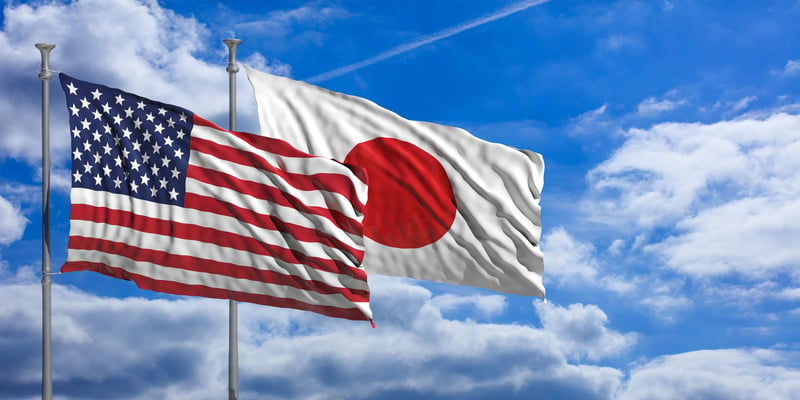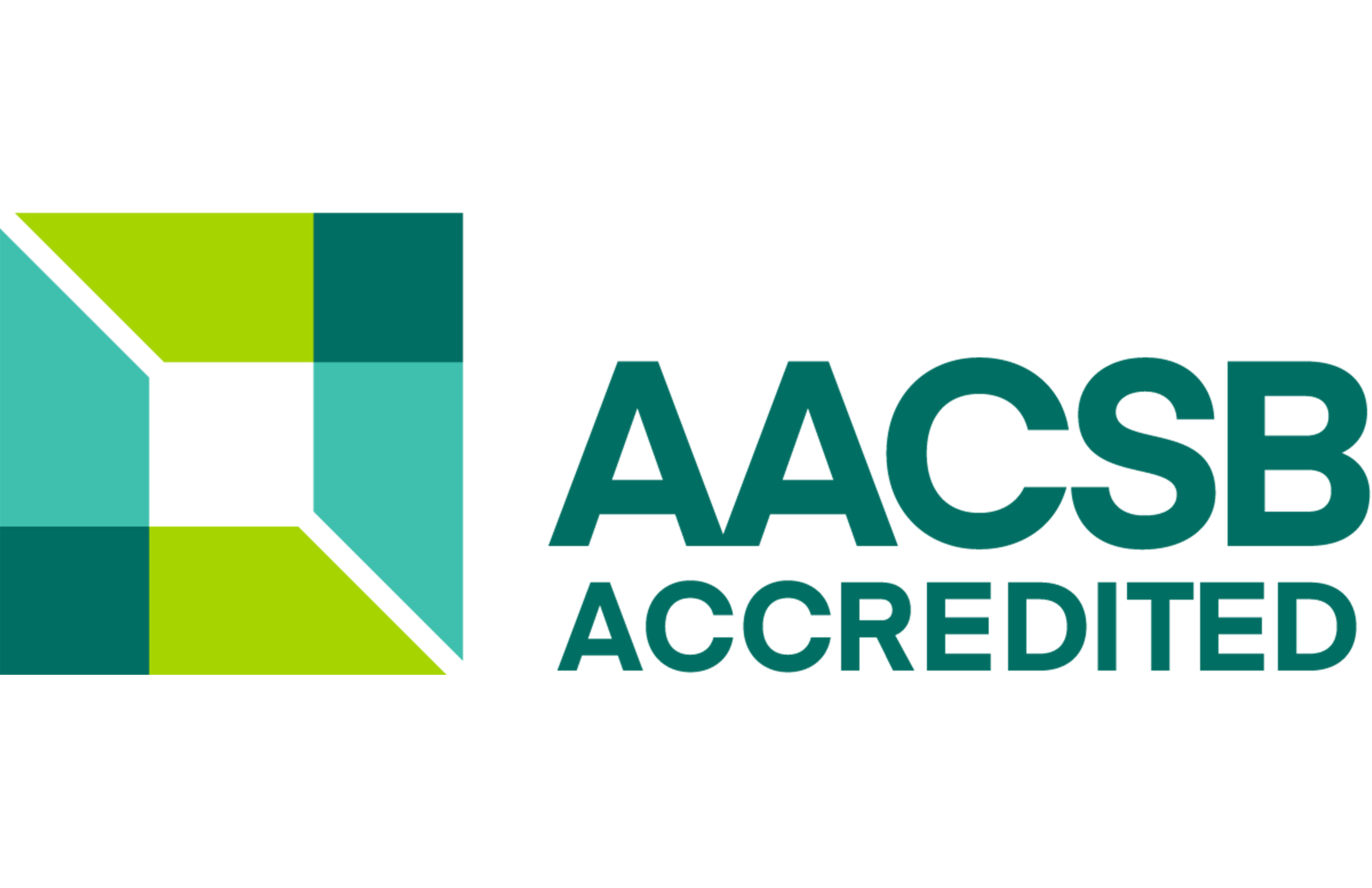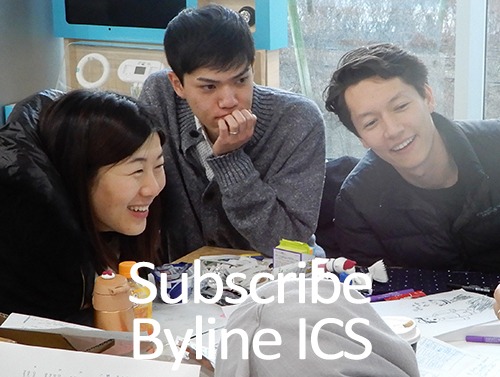
From the falling petals and leaves to the tuition fees, earning an MBA can be an almost entirely different experience between Japan and the US. As the business world becomes more globalized, you might wonder about which country would be the right fit for you.
If you are debating between MBA programs across the seas or are just curious, you have arrived at the right destination. This comparison can help you navigate your
options before you make a final decision.
Applications, Classes, and School Life
Here are some particular differences between MBA classes in Japan and the US. Please note that this may vary depending on the university, especially if it runs under an international curriculum.
| Japan | USA | Hitotsubashi ICS |
|
|
|

Tuition and Scholarships
The tuition for a Japanese MBA program can range anywhere between ¥500,000-¥1,300,000 annually, while an American MBA can cost above ¥6,000,000 per year, about 6 times the cost of Japanese tuition.
There are a few international scholarships available in Japan. The most popular one for international students in Japan is the MEXT Scholarship, which is fully funded by the Japanese Ministry of Education. As for the US, many foundations offer scholarships, though they may be harder to find. If you are a US citizen, you are also eligible for federal financial aid through FAFSA. Fulbright offers one of the largest scholarships for students in different programs, including MBAs.
“Deep and Narrow” vs. “Wide and Shallow”
For both countries, various universities fall into two approaches of learning: “deep and narrow” vs. “wide and shallow”. The first approach follows specific objectives and goals while the other is more general and broad. As for which approach would be the best one, that depends on your personal preference, and it is possible to combine both elements.
In Japan, some universities follow the “deep and narrow” approach while others lean towards “wide and shallow”. Do you prefer expanding your field of knowledge with a wide range of classes, or have focused discussions on a handful of subjects? Do you want to gear your studies towards more theories? How much individual attention would you prefer?
While American MBA classes are quite large (Harvard Business School alone has approximately 934 students in one cohort), Japanese MBA classes are remarkably smaller, averaging at about 40 students in one cohort. If you decide to go towards the Japanese MBA route, you will not only contribute to a culturally diverse cohort, but you will also have more opportunities for individual recognition from each of the faculty members you interact with. This can benefit your job prospects, class participation, and overall MBA experience.
Job hunting
The job-hunting season falls at different times of the year between Japan and the US and should be considered when you are completing your MBA. In Japan, most employers generally hire employees to start in April since it is the beginning of the fiscal year. Postings may be released from the summer-fall before. As for the US, companies are broader with their hiring intervals, but on average, January and February are the main hiring months for American companies.
No matter what time of the year, Hitotsubashi University offers career support for all students throughout their term. With Hitotsubashi University ICS Career Services, you can map out your future goals through:
- Personalized focus on developing your unique, global career
- Complete job search process: building a search strategy, honing search skills, and connecting with potential employers
- Proven expertise in helping non-Japanese students build careers in Japan
- A resource available to you even after graduation
- Deep working relationships with potential employers, offering students the right connections to organizations they seek
One option to consider is creating your own online portfolio; you can upload multilingual documents along with any published work or projects that you have worked on. No web design experience? No problem. There are plenty of free and open-source portfolio web hosts, including ones that provide even more free features for anyone who signs up with a university email address.
The requirements for job applications also vary:
|
Japanese Job Applications |
American Job Applications |
|
|
After graduation, the skills you would obtain from your MBA would generally be the same. However, the feasibility of practicing certain business ventures can be restricted to the type of visa you possess. In Japan, to run a business, you may have more steps in the application process if you do not possess Japanese citizenship or permanent residency. Your business must employ at least one full-time permanent resident, a Japanese citizen, a non-Japanese national with a long-term visa, or a child or spouse of a Japanese citizen or permanent resident.










